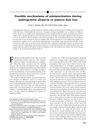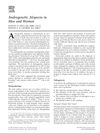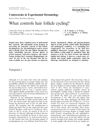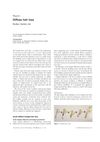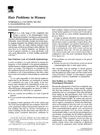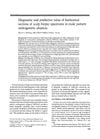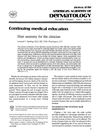Morphological Approach to Hair Disorders
June 2003
in “
Journal of Investigative Dermatology Symposium Proceedings
”
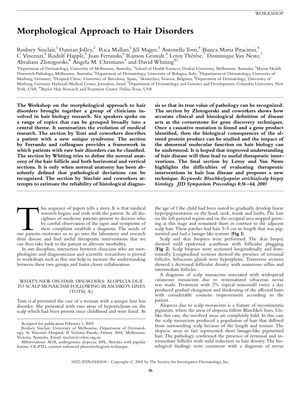
TLDR Accurate clinical, histological, and genetic methods are key for understanding and treating hair disorders.
The document from 2003 presents findings from a workshop on hair disorders, highlighting the importance of morphology in diagnosing various hair conditions. It includes a case study of a woman with hair loss following Blaschko's lines, treated with minoxidil, and emphasizes the need for clinical and microscopic examination of hair shafts. The normal anatomy of hair follicles and the hair growth cycle are detailed, with a focus on the differences between terminal and vellus hairs. The document reports that a 4 mm punch biopsy from normal controls showed a mean follicular count of 40 hairs, with 35 terminal and 5 vellus hairs, and that horizontally sectioned scalp biopsies have a 79% accuracy rate for diagnosing chronic diffuse telogen hair loss, which increases to 98% with triple biopsies. It also discusses the genetics of papular atrichia and the identification of mutations in the HR gene. A study on male androgenetic alopecia (AGA) involving 21 untreated subjects showed that contrast-enhanced phototrichogram (CE-PTG) is effective in detecting early hair follicle disturbances and could be a standard for other diagnostic tools. The document concludes that accurate clinical, histological, and genetic approaches are crucial for understanding and treating hair disorders.
